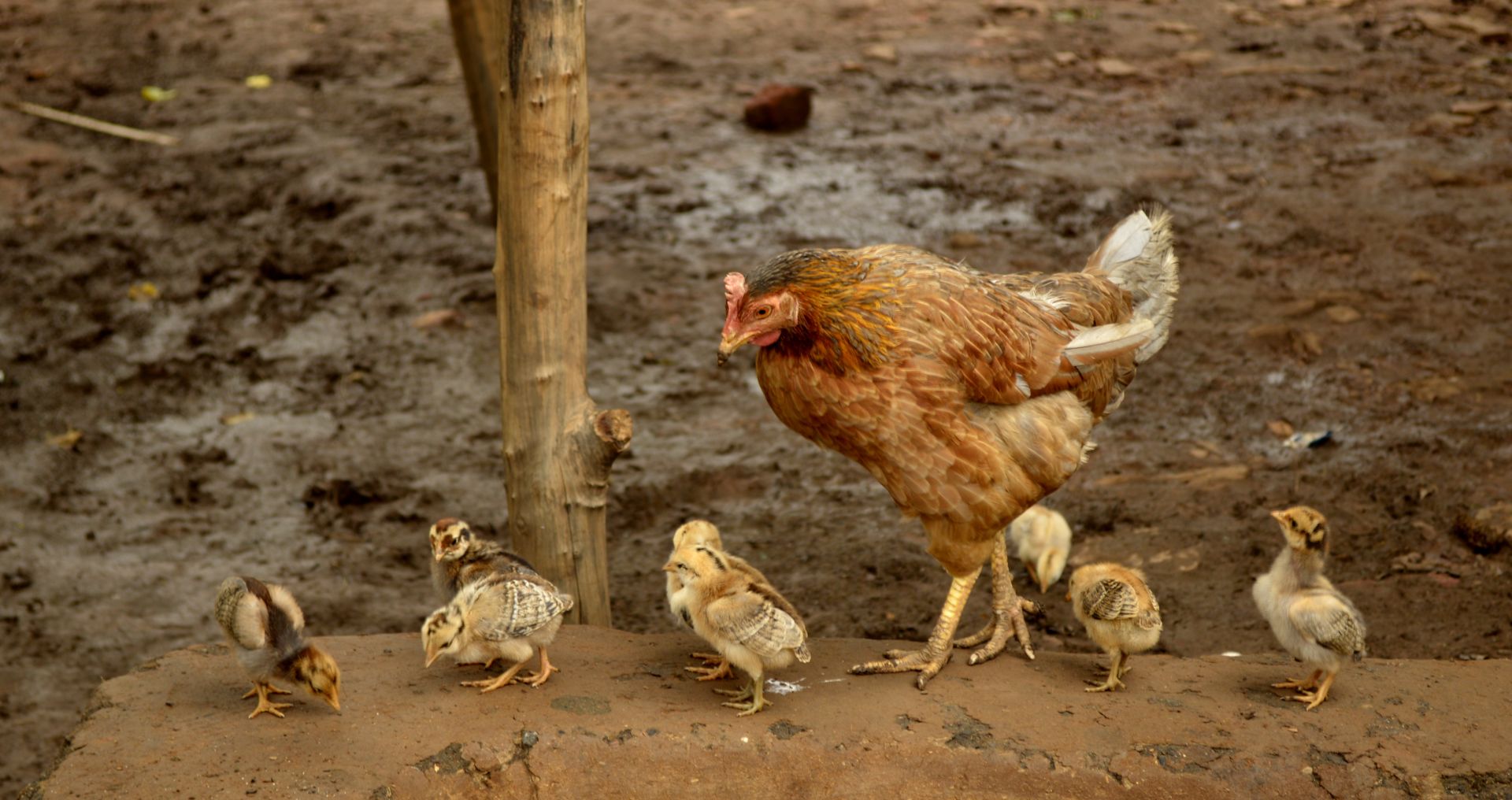
Yorkshire is facing a new avian flu outbreak following the detection of the H5N5 strain in a poultry farm. The UK government has announced the implementation of strict measures to limit the spread of the virus, including the culling of infected poultry and the establishment of a protection zone around the farm.
In northern England, Yorkshire is now facing an avian flu outbreak following the detection of the H5N5 strain in poultry, marking the first cases recorded in farming since the beginning of the autumn season, the UK government announced on Tuesday. The Department for Environment, Food & Rural Affairs (DEFRA) confirmed that all poultry at the farm located near the coastal town of Hornsea will be culled to prevent the spread of the virus. Additionally, a three-kilometer “protection zone” has been established around the farm, restricting poultry movements and enhancing biosecurity measures in the region. While the last outbreak in February 2024 was of the H5N1 strain of the virus, the H5N5 virus detected this time around follows previous findings in Europe, according to DEFRA.
Preventive Measures
The presence of these strains in Yorkshire has forced authorities to act swiftly to limit their spread. In addition to the mass culling of infected poultry, local farmers are urged to strengthen their biosecurity practices, such as strict access controls to farms, disinfecting equipment, and closely monitoring animal health. The disease mainly affects birds and the risk to the general public's health is very low, according to the UK Health Security Agency (UKHSA). No bird flu cases have yet been detected during this outbreak in Wales or Scotland.
Substantial Economic Losses
Avian flu presents major challenges for farmers, who are forced to cull thousands of poultry to contain outbreaks. These necessary measures lead to significant economic losses, affecting not only individual farms but also the entire poultry supply chain. The costs of culling, health controls, and trade restrictions could undermine the sector in the long term. In response to the rise in cases, the UK government has raised the risk level for the H5N5 strain from “medium” to “high” for wild birds, and from “very low” to “low” for poultry farms at this stage.
Highly Pathogenic Strains
Known for their high pathogenicity, H5N5 and H5N1 viruses belong to the influenza A virus subtypes. First identified in China in 1996 in a farmed goose, H5N1 remains the most widespread and feared strain of the virus, having caused devastating outbreaks in many countries and significant economic losses in the poultry industry. Since 2020, a variant of H5N1 has caused unprecedented mortality in wild birds and poultry across many countries in Africa, Asia, and Europe. This strain can, in rare cases, infect humans, raising concerns about a potential pandemic risk. In July 2023, the World Health Organization expressed fears that the increasing number of avian flu cases in mammals could make the virus “more easily transmissible” to humans.
Although less common, H5N5 shares similar high pathogenicity characteristics with other strains. Discovered more recently, this virus has primarily affected domestic and wild birds, increasing the risk of interspecies transmission. Sporadic cases have been reported in several countries, mainly in Europe and Asia, over the past two decades. Less documented due to its limited impact on human health compared to H5N1 and H7N9, monitoring of the H5N5 strain remains crucial to prevent any mutation that could increase its potential for human transmission.
International cooperation is essential to combat avian flu, with information sharing and joint strategies to curb the spread of the virus. The situation in Yorkshire underscores the importance of constant vigilance and rapid response to emerging health threats, particularly infectious ones, which are now exacerbated by climate change.
With AFP

Comments